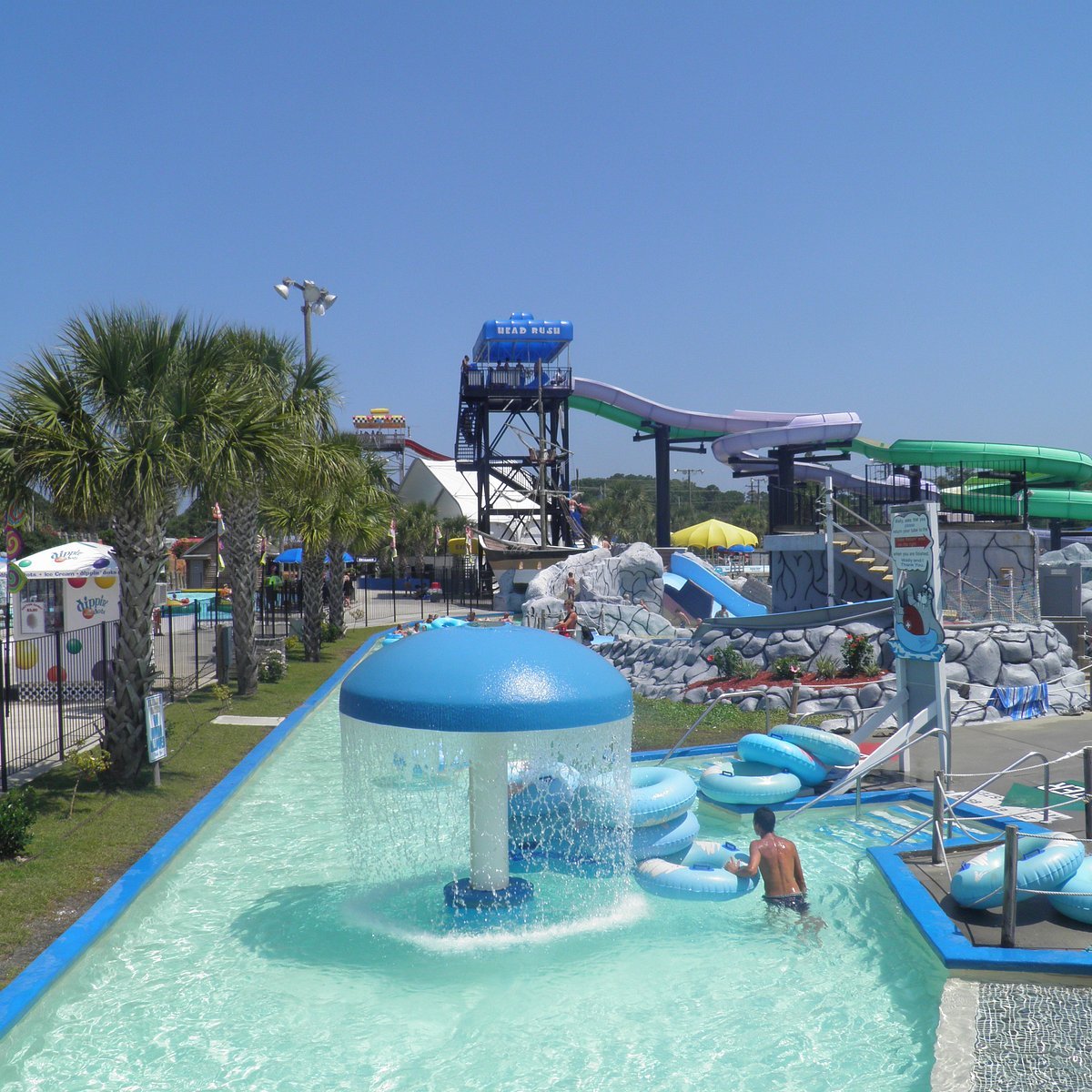Taking your kids to a waterpark should be fun—not stressful. California is home to a wide range of waterparks, but not all of them are designed with families in mind. This guide focuses on how to pick the right park, what to expect, and how to make the most of your visit with children in tow.
Start with Location and Travel Convenience
There may not be a universal checklist, but packing the right essentials can greatly improve your experience at waterparks in California, especially when visiting with children. High-SPF sunscreen (preferably SPF 50 or above) is a must to protect young skin from the strong California sun. Bring plenty of towels, an extra change of clothes, and consider hats or UV-protective swimwear for added sun safety. A waterproof phone case can help you capture moments without risking damage to your device. For families with toddlers, swim diapers are essential—many California waterparks require them in certain splash zones. Slip-resistant flip-flops or water shoes also come in handy, particularly on wet surfaces.
Lastly, labeling your personal items like towels or water shoes—can help prevent confusion or loss in crowded areas. Being well-prepared ensures that your day at one of the many family-friendly waterparks in California runs smoothly and stress-free.
What Ride Options Are Best for Different Ages?
Waterparks often break down their rides by height requirements, but it’s also helpful to think in terms of energy levels and fear thresholds.
- Toddlers: Look for areas with shallow splash zones, gentle spray features, and soft rubber flooring.
- Young kids (5–10): Multi-level play structures, small slides, and lazy rivers can keep them engaged for hours.
- Older children: Teens and tweens may seek more thrill-based attractions, but make sure they’re allowed to ride solo or have designated supervision rules.
Reading the park map or online ride list in advance can help you plan an itinerary around your children’s comfort level.
Keeping Safety Top of Mind
Safety is more than just having lifeguards on duty. Many waterparks in California offer a range of features designed to enhance safety and comfort for families. You’ll often find height-check stations at the entrances to rides, helping staff and parents ensure children meet the necessary requirements. Parks may also organize attractions by color-coded zones, indicating which areas are best suited for specific age groups or difficulty levels. Clear, multilingual signage is commonly used to communicate safety instructions throughout the park, making it easier for all guests to understand and follow rules. First aid centers are typically located near the main play areas and are staffed to handle minor injuries or heat-related concerns.
For added peace of mind, many parks either provide or rent out U.S. Coast Guard-approved flotation vests, especially in wave pools and river areas. It’s also important to check whether the park requires swim diapers for toddlers—many do, and not having them can lead to shortened visits or restricted access to certain areas. Taking a few moments to review these policies before your trip can help ensure a safer and smoother experience for your entire family.
What Facilities Make a Park Family-Friendly?
Beyond rides, what separates a family-friendly waterpark from a chaotic one is the availability of support facilities.
You’ll want to look for:
- Shaded seating areas
- Private nursing or family changing rooms
- Locker rentals to secure personal items
- Quiet zones or break areas
Some parks offer cabana rentals where you can store items, relax, and enjoy meals comfortably. These extras may come at a price, but they can make a long day feel a lot easier.
Navigating Food Policies and Options
Many waterparks serve classic fast food—pizza, chicken tenders, fries—but if your child has dietary needs or allergies, it’s important to look ahead.
Some parks allow small coolers with snacks or baby food, especially if you have medical needs. Others offer picnic areas just outside the entrance, where families can take breaks without violating food policies. Always review the rules ahead of time on the official website.
To stay hydrated, bring refillable bottles and locate the water stations once inside.
What to Pack for a Kid-Friendly Waterpark Day
There may not be a one-size-fits-all checklist, but packing a few thoughtful essentials can make a big difference when visiting waterparks in California with kids. Start with sunscreen—ideally SPF 50 or higher—to protect sensitive skin from long hours in the sun. Bring along towels and a change of clothes, as well as hats and UV-protection swimwear to offer extra coverage during peak sunlight hours. A waterproof phone case can come in handy for capturing memories while keeping your device safe from splashes. For families with younger children, don’t forget swim diapers, which are often required in certain areas of the park. Footwear matters too—flip-flops or water shoes help prevent slips on wet surfaces.
It’s also a smart idea to label your belongings, especially towels, shoes, or kids’ gear. In busy park environments, it’s easy for items to be mixed up or misplaced. Being prepared ensures you can spend less time worrying about logistics and more time enjoying the water attractions.
Tips to Reduce Stress and Increase Fun
No one enjoys long lines or sunburns, but a few planning tricks can go a long way:
- Arrive early to avoid crowds and find good seating
- Download the park map or app in advance
- Set a group meeting point in case anyone gets separated
- Check height rules to avoid unexpected surprises at ride entrances
Keeping expectations realistic helps too—if you have very young kids, you may not ride every slide, but that doesn’t mean the day isn’t a success.
Final Thoughts
Waterparks in California can provide an unforgettable day for your family, but choosing the right one—and preparing accordingly—can make a major difference. By focusing on accessibility, age-friendly rides, strong safety features, and essential amenities, you’ll be set for a smooth, memorable outing with your kids.
